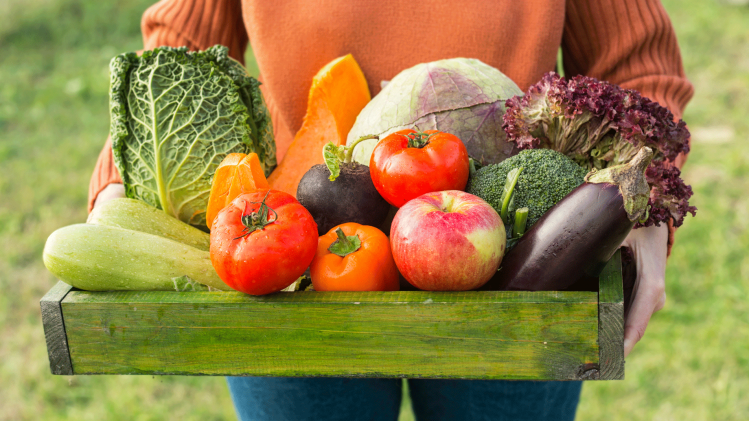5 steps to successful local sourcing

Government figures show that we are importing more food now than at any time since the 1970s, with more than 50% now coming from overseas. That includes 95% of all the fruit we consume. This, at a time when the uncertainty around Brexit means we are facing potentially huge rises in tariffs and prices.
Consumer research conducted for the Sustainable Restaurant Association in 2013 revealed that almost half of diners thought it was important for restaurants to focus on local food. This was backed up by a 2015 Defra report which found 80% of Brits thought buying local was important but that more than half of those found it hard to do so. Now there’s an open invitation for chefs to meet their customers’ appetite for provenance-rich produce.
Restaurants and hospitality businesses account for half of the country’s spending on food and has a massive impact on our food system. Offering fresher, tastier food; deeper, more productive supplier relationships and the chance to build flourishing food networks, local sourcing is a bounty of benefits.
Whether you want to build your whole menu around local produce or just steadily increase the number of ingredients you’re sourcing from your area, it can be tricky knowing where to start. To help, we’ve spoken to a number of the finest exponents of local sourcing, tapping them up for their tricks of the trade.
1. Put your wholesaler on the spot
There’s an amazing larder on the doorstep of most restaurants. A great starting point for tapping into this networks of fabulous producers is to challenge your largest supplier to tell you what produce is available in your local area.
2. Tap into the 21st century grapevine
Eyes down for a full larder. Instagram and Twitter are fast becoming the smart way to spot the best new producers in your neighbourhood. It’s how Paul Collins, executive chef at dairy company Yeo Valley’s Bristol HQ, has found a number of his huge array of uber-local suppliers. “I’m always keeping a keen eye on social media for new producers,” he says. “That’s how we just hooked up with a new wild watercress and mushroom supplier from just a few miles away on the Mendips.”
3. Get your boots muddy
Getting the kitchen team to step outside the kitchen to meet the real food heroes – the people growing, rearing and creating incredible fresh produce – creates incredible opportunities and is often the starting point for lifelong working relationships. “We get 80% of our veg from a local grower called Leaf and Roots. I talk with Fergal [Anderson, the farmer] there every week and we meet up regularly throughout the year to discuss what he’s going to plant, what will work and what won’t,” says Enda McEvoy, head chef at Michelin-starred Loam in Galway. “It’s a really rewarding way of working. It’s really important for my team to get out and visit the producers regularly, too. That way, we keep in close touch with them and their product.”
4. Seize the seasons and take control
View each month as a menu creator and generator of fresh new tastes and flavours rather than seeing the seasons as a straight-jacket. Sourcing produce when it’s at its peak will generally reduce your food bill, too. Daryll Taylor, creative manager at Thyme, in the Cotswolds, praises the influence of Mother Nature on his menus. “One of the obvious benefits of using local produce is that you are tied into the seasons, using what’s around at the time, the freshest most abundant produce at any moment,” he says. “I find that makes cooking far more fun and enjoyable, it really keeps you on your toes and demands creativity.”
5. Promote your producers and you’ll both prosper
By showcasing the fabulous produce you’re sourcing and the people producing it, you’ll be feeding your customers’ passion for provenance, connecting them with their food roots and helping grow your producers’ business as well as your own. “[Producers] want to make the best possible product and it’s up to us to showcase that as best we can,” says McEvoy. “For me it is so much more than an exchange of money. I get a better product and a better community to live in.”
Go to www.foodmadegood.org/local to support the campaign, and join the conversation on Twitter @FoodMadeGood #WeServeLocal.































